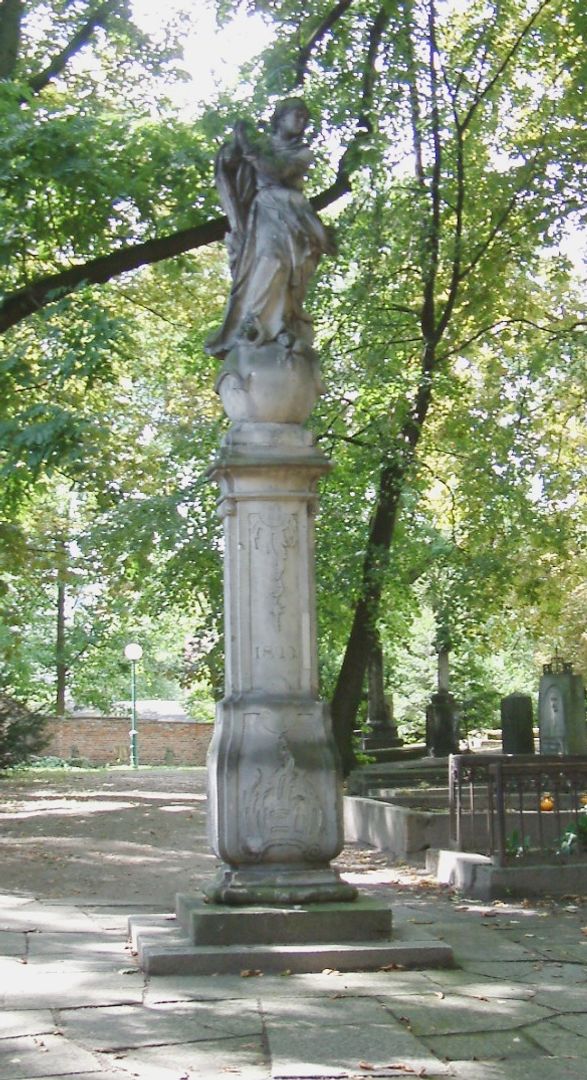Cemetery of the Meritorious Great Poles
6.72

Overview
The Cemetery of Distinguished Great Poland Residents, located in Poznań on St. Adalbert's Hill, was established in the first quarter of the 19th century following the closure of the parish cemetery. Its development was closely tied to the efforts of the parish provisioner, Stanisław Kolanowski, who organized the necropolis despite the lack of a surrounding fence for many years. The cemetery has a triangular shape and occupies the hill’s summit, surrounded by ancient trees, including lindens and chestnuts. As the final resting place for distinguished residents of the region, it has attracted many notable figures, such as social activists, scientists, and national insurgents. A unique feature is the Baroque statue of the Virgin Mary, relocated from another site. Another point of interest is the presence of a mass grave for victims of the cholera epidemics between 1831 and 1873; burials here were conducted at night to avoid public panic. Despite its challenging history and ongoing degradation, after World War II the cemetery gained status as a memorial site for distinguished Great Poland residents, and its restoration began to attract the attention of local authorities and citizens. Today, it is regarded as a heritage site that documents changes in 19th-century sepulchral art and reflects the history of the region. The cemetery combines architectural value with important threads in the history of Poznań, making it a significant landmark on the city’s cultural map.
Location
Tickets
Powered by GetYourGuide
2025 Wizytor | All Rights Reserved